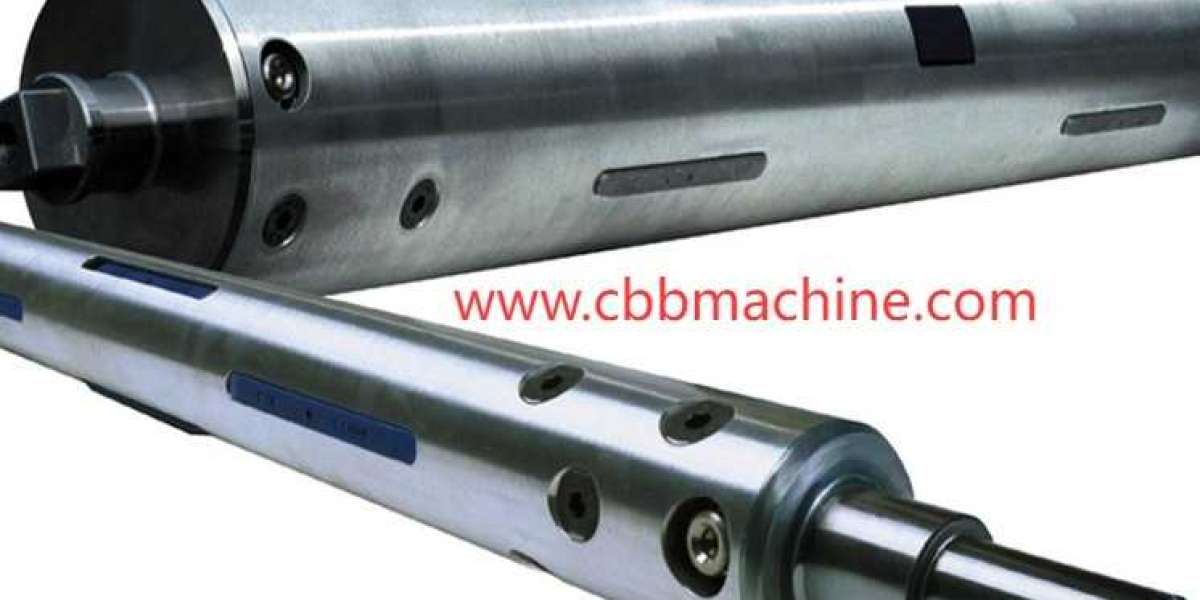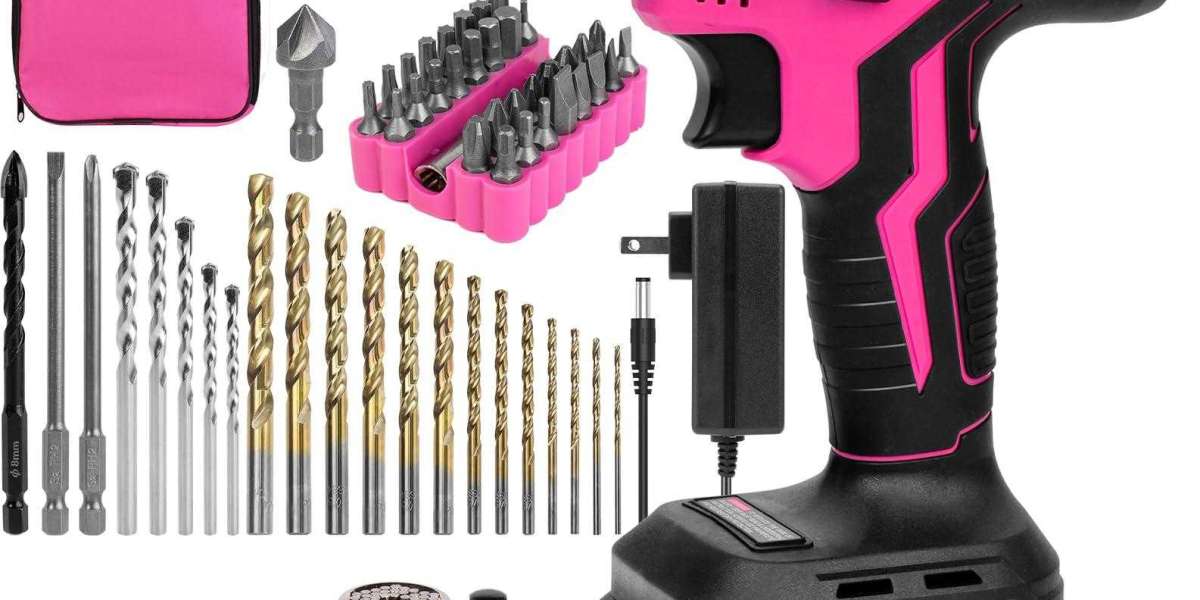In industries where precision and adaptability drive performance, the Differential Air Shaft has established itself as a valuable tool, while Cbbmachine continues to provide practical solutions designed to match evolving production requirements. Together, they illustrate how mechanical design can bring balance, stability, and versatility into manufacturing systems without demanding major structural changes.
The differential design offers a reliable way to manage torque across multiple winding stations. By automatically adjusting to differences in roll diameter, it ensures consistent tension is applied during the winding process. This results in smoother production, where each roll maintains alignment and uniformity, reducing the risk of uneven output. For industries where material quality is central to customer satisfaction, this functionality is particularly significant.
Another strength lies in its flexibility. The shaft is designed to accommodate a range of materials, from delicate films to durable sheets, without compromising tension control. This adaptability allows manufacturers to handle different production runs efficiently, making it possible to switch between materials without redesigning equipment. For teams tasked with managing diverse demands, this characteristic offers valuable freedom.
Durability also contributes to its appeal. The design minimizes slippage and uneven load distribution, which in turn extends the operational life of both machinery and materials. Over time, this reduces interruptions and supports a consistent production rhythm. For organizations focused on sustaining output while reducing maintenance demands, such reliability helps establish long-term operational stability.
Ease of use further defines the value of this shaft. Installation is straightforward, and once in place, the system requires minimal intervention. Operators can focus on larger responsibilities while trusting the shaft to regulate torque and balance automatically. This simplicity not only saves time but also reduces the likelihood of human error, further strengthening the overall process.
The influence on product consistency is equally important. By maintaining uniform tension during winding, the shaft helps prevent defects such as stretching, wrinkles, or uneven layering. This direct link between mechanical stability and product quality highlights its role in ensuring results that meet standards consistently. For manufacturers, such consistency reduces waste and fosters confidence in output reliability.
More broadly, adopting this type of shaft reflects a strategic approach to industrial growth. Rather than pursuing rapid but unsustainable adjustments, it represents a commitment to long-term balance, precision, and efficiency. This outlook underscores a larger trend in modern production, where stability and adaptability are prioritized alongside speed.
For decision-makers seeking to refine their systems, the opportunity rests in engaging with practical tools that deliver measurable improvements. That next step begins with an action as simple as visiting https://www.cbbmachine.com/news/industry-news/differential-air-shafts-key-components-applications-benefits-and-more.html , where each click is not just information but an invitation to imagine new directions in industrial performance.








